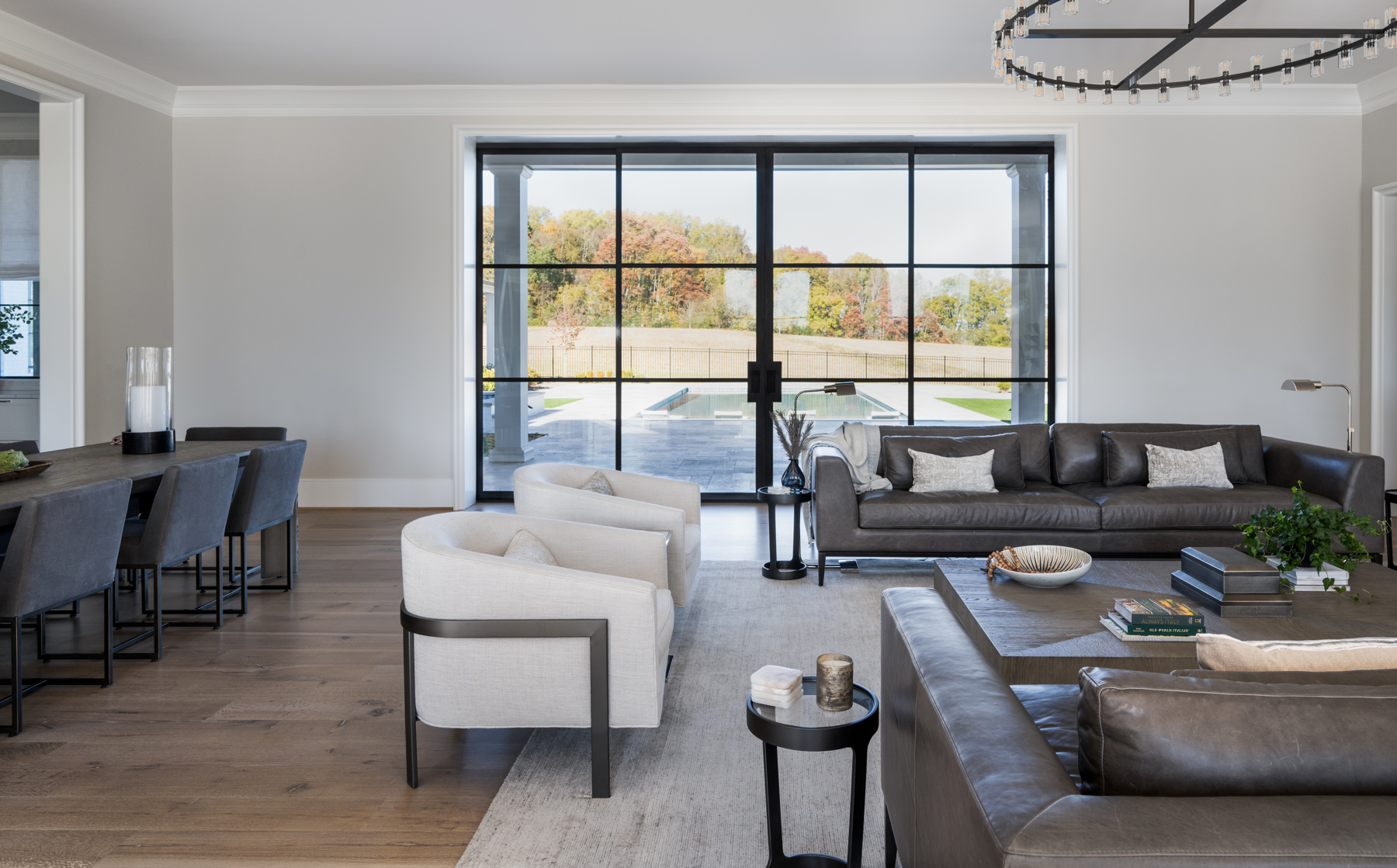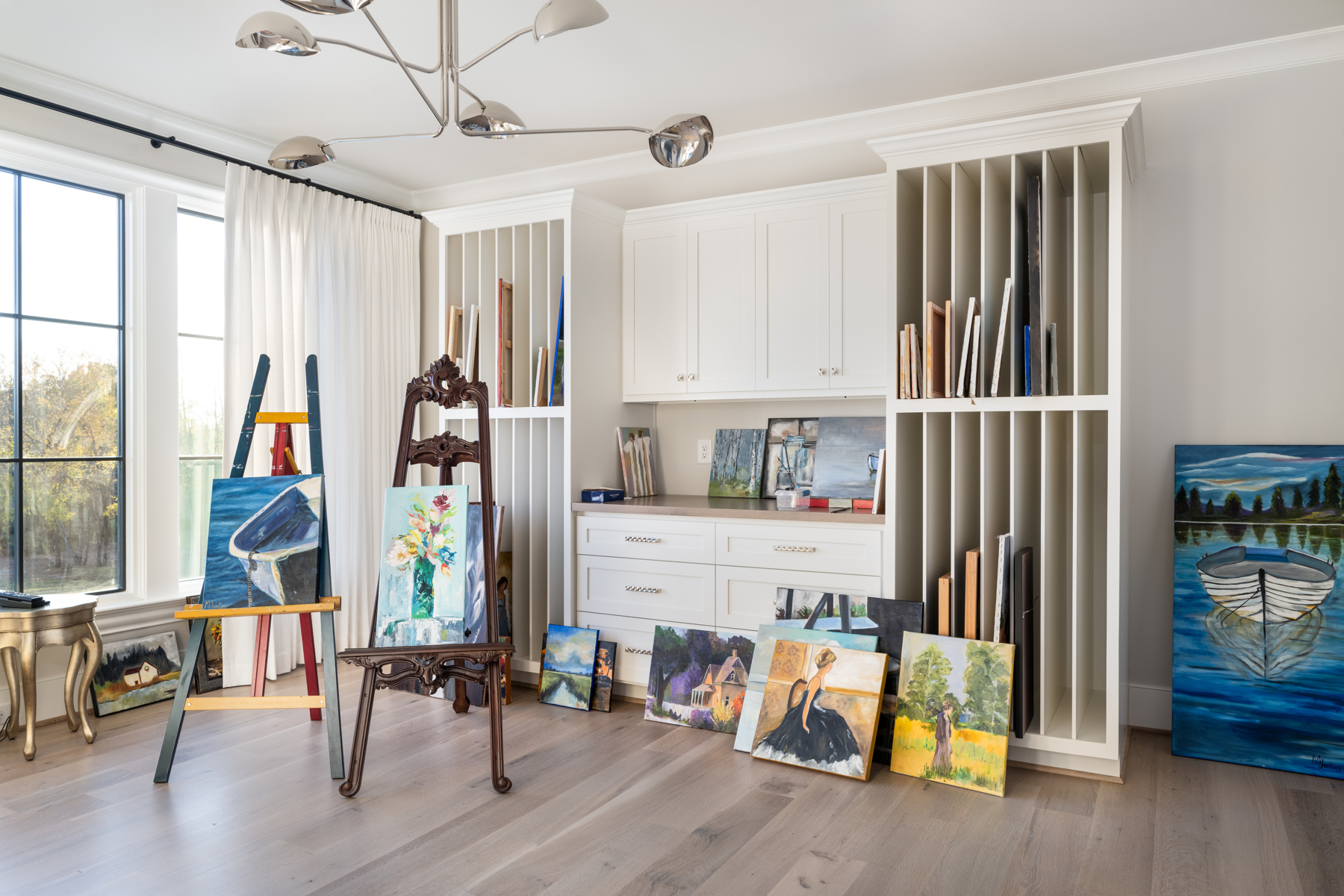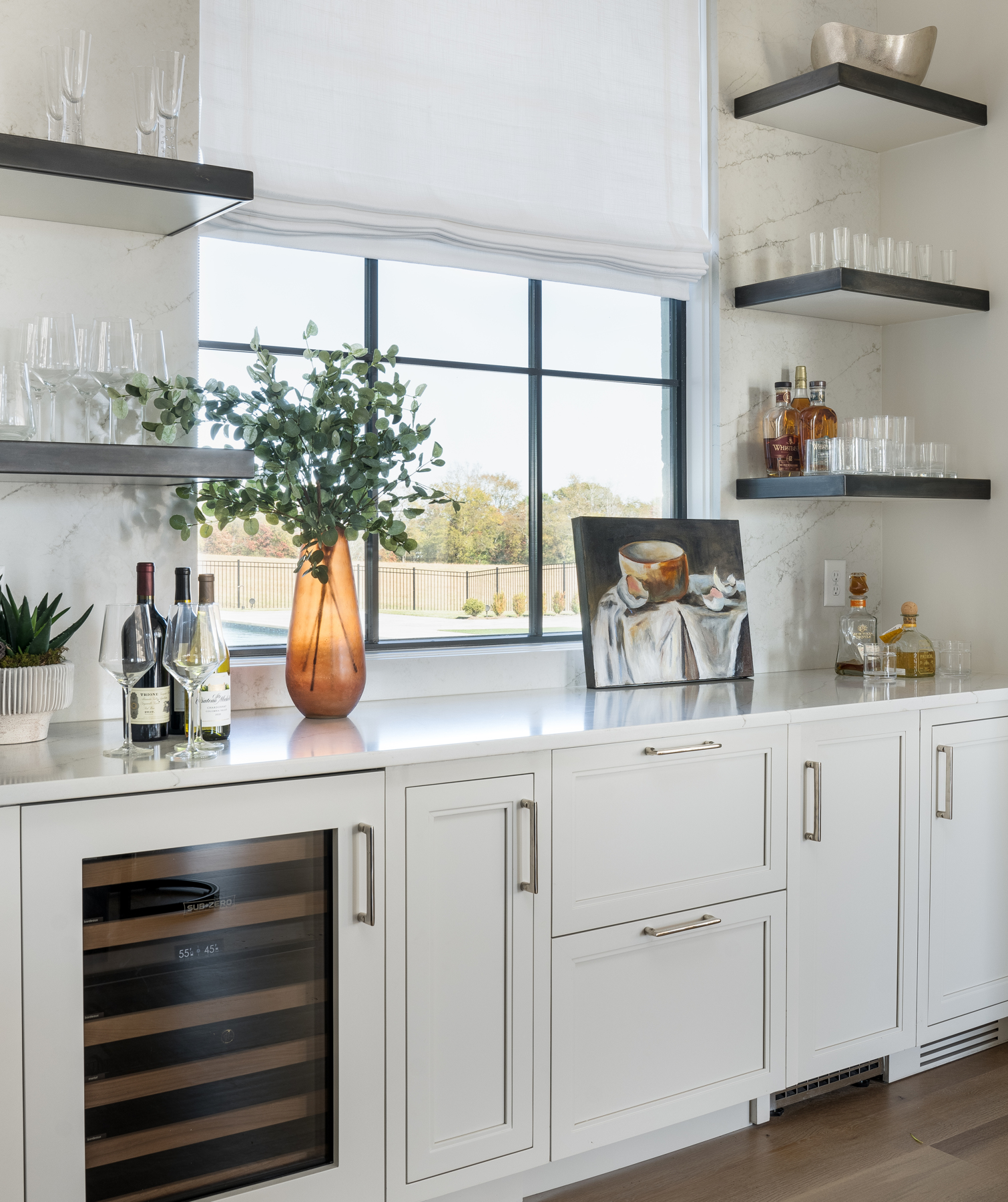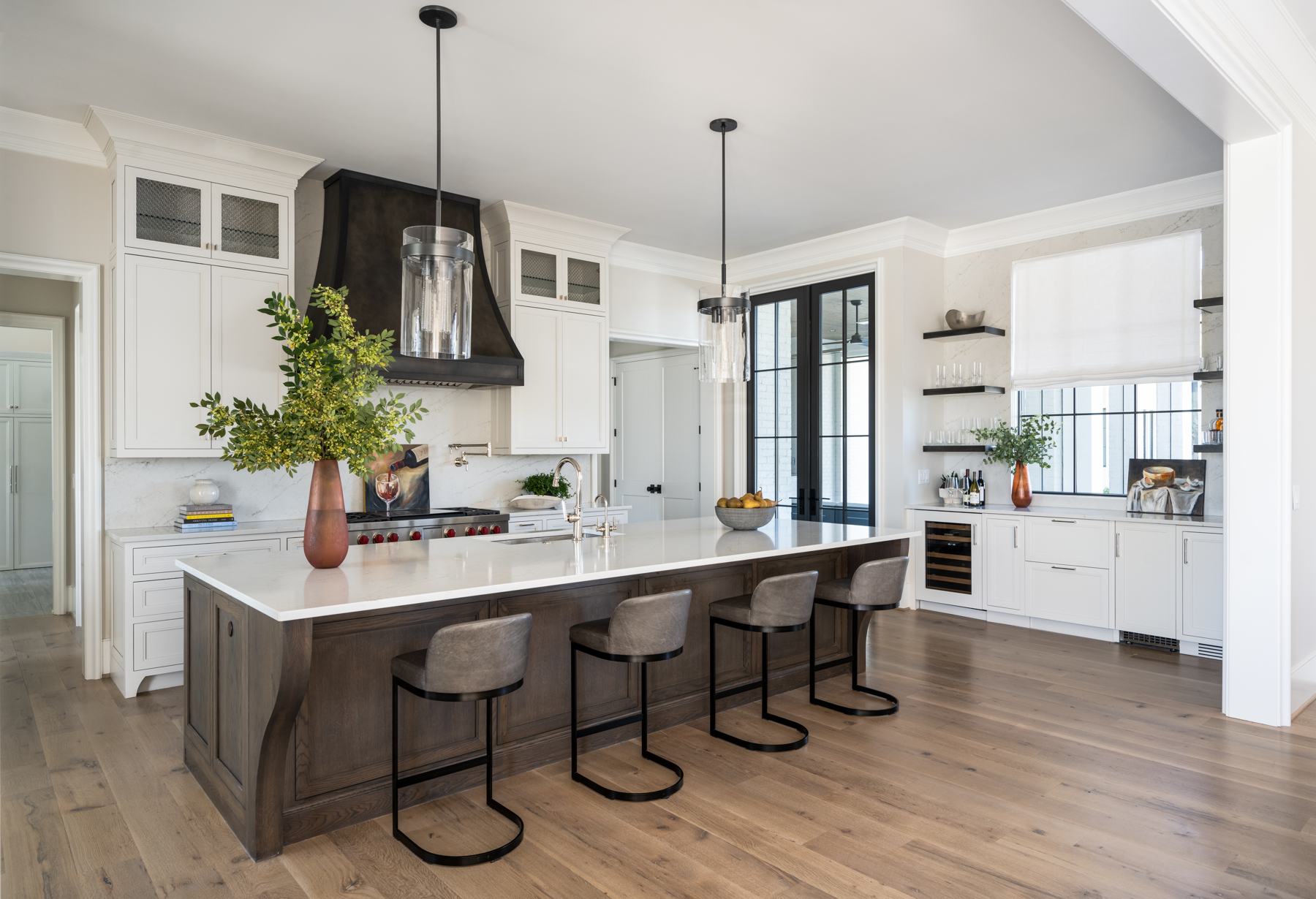What’s Your Real Market?
The answer will have an impact on the selections you make and the final home cost.
Potential clients often ask for our homes’ average cost per square foot. The question is understandable. Price per square foot is a metric the real estate industry uses to gauge the competitiveness of resale homes, and homebuyers have internalized that way of thinking.
To their credit, most of our Castle Homes clients know that because custom homes are unique (which is why they want one) we can’t make hard comparisons. So they ask for a ballpark figure, or price range. But to arrive at an accurate range, we need to have a discussion about details.

Comparing Home Costs
A lot of people don’t realize just how far apart costs for two seemingly “comparable” custom homes can be. Every custom builder like Castle Homes will tell you that the answer to the square-foot question will depend on the architecture, the product selections, and the neighborhood. Two seemingly similar homes can have build costs hundreds of thousands of dollars apart.
Yes, we understand that “it depends” can be used to counter nearly any query. It can also raise some people’s defenses, who see it as the ante in a poker hand that includes bluffing and the withholding of information.
That assumption could not be further than the truth—at least not in our case. Here at Castle Homes we strive for transparent pricing because transparency serves our best interest and our clients’ best interests. But to get there we have to have the aforementioned conversation about home details.

Defining Your Market
We also need to clearly define your market.
Let’s say that you’re in a city where for-sale homes on Zillow.com or Realtor.com average $200 per square foot. Buyers check these sites before talking with builders and come to the table with that figure in their heads. Although they know that costs for a custom home will exceed the average, they have set a mental anchor at $200 and will compare everything to that figure.
A mental anchor is a big help when making any decision, and if you’re building a new home you need to gauge whether the price is competitive in your marketplace. But you can only do that if you know what marketplace you’re really competing in.
Hint: it’s not the one defined by those $200 per square foot homes.
Most metropolitan areas include several sub-markets, each of which will tend to house people of a similar income level. Each may also have its own deed restrictions. And of course buyers in different sub-markets will have different expectations for products and finishes. That means it will cost more to paint a home in an expensive part of town because the painter has learned that meeting buyer expectations there demands twice as much prep, and more coats of paint. In fact everyone on the job will have higher expectations for quality and will have to work to higher standards.

Expectations Vary by Market
Some of these aren’t as visible as paint quality. For instance the builder might specify that framing members be spaced more closely together to stiffen floors, that the plumber use better quality supply piping, or that the mechanical contractor upgrade the ductwork. Expectations vary with the builder, the client, and the neighborhood.
Most of our clients get this once it’s pointed out to them, and re-set their price anchor. Whether they plan on eventually selling the home, or whether they’re building it as a legacy for their children, they want something that meets the standards for their real market. Average square-foot pricing then takes a back seat to a great result.

